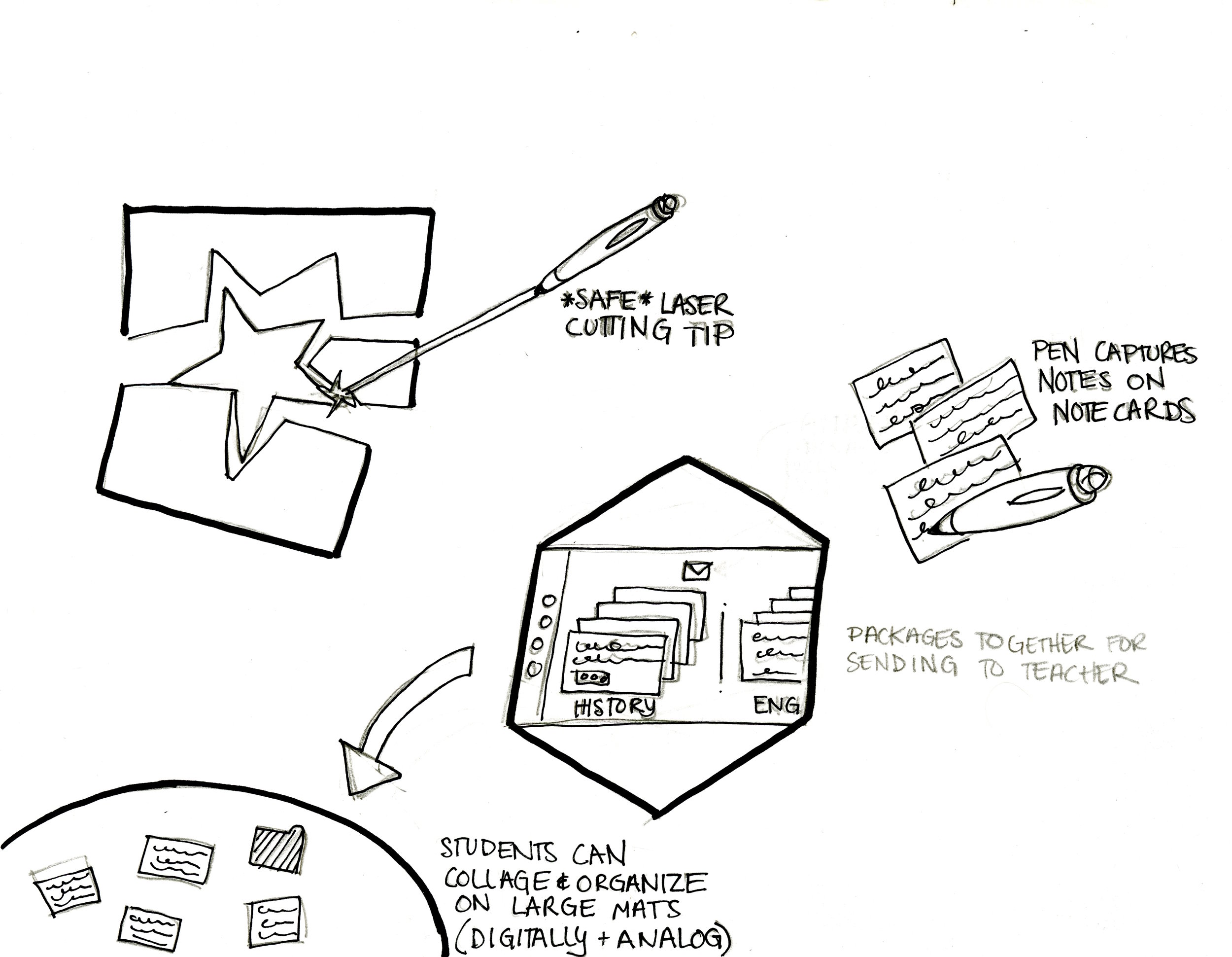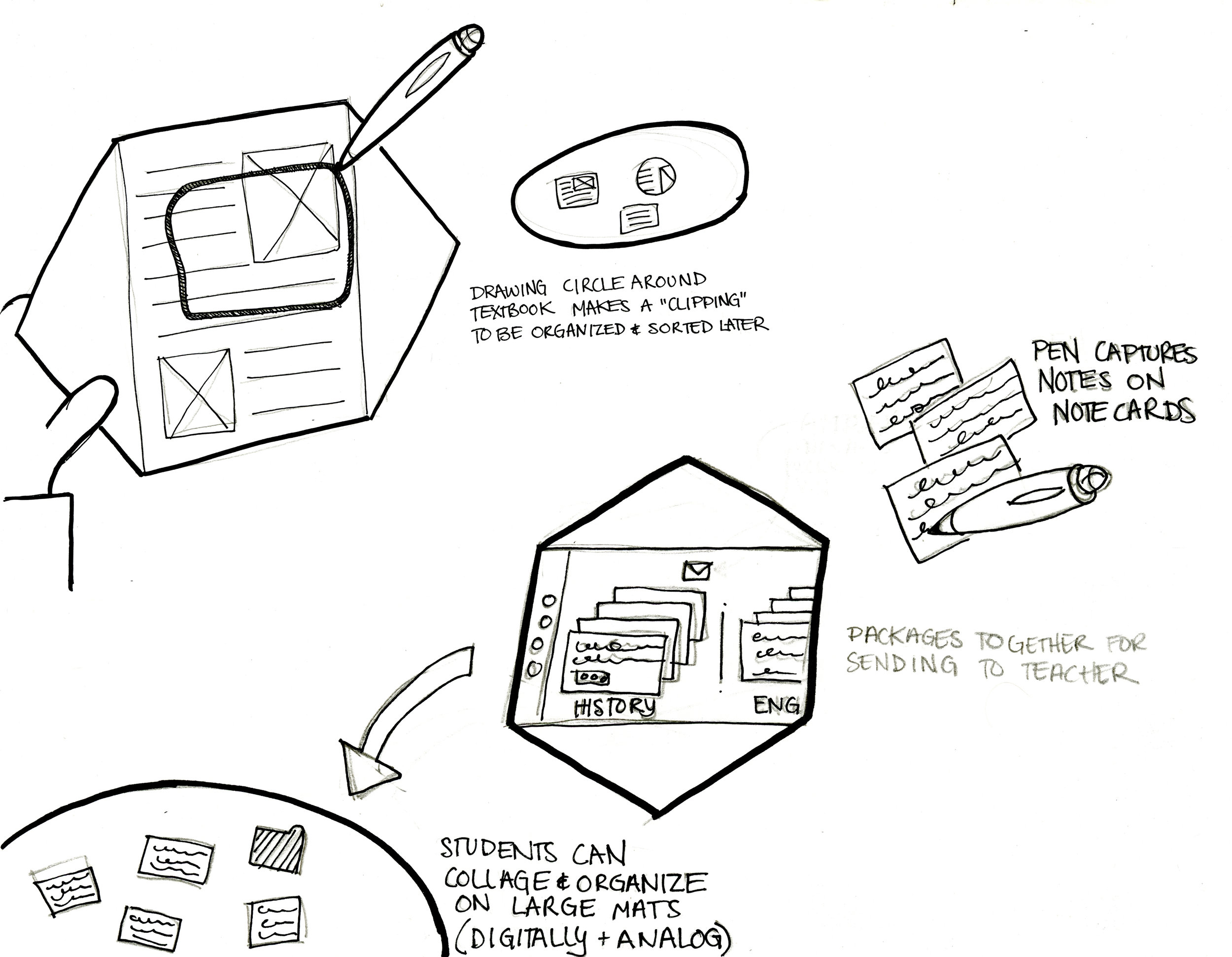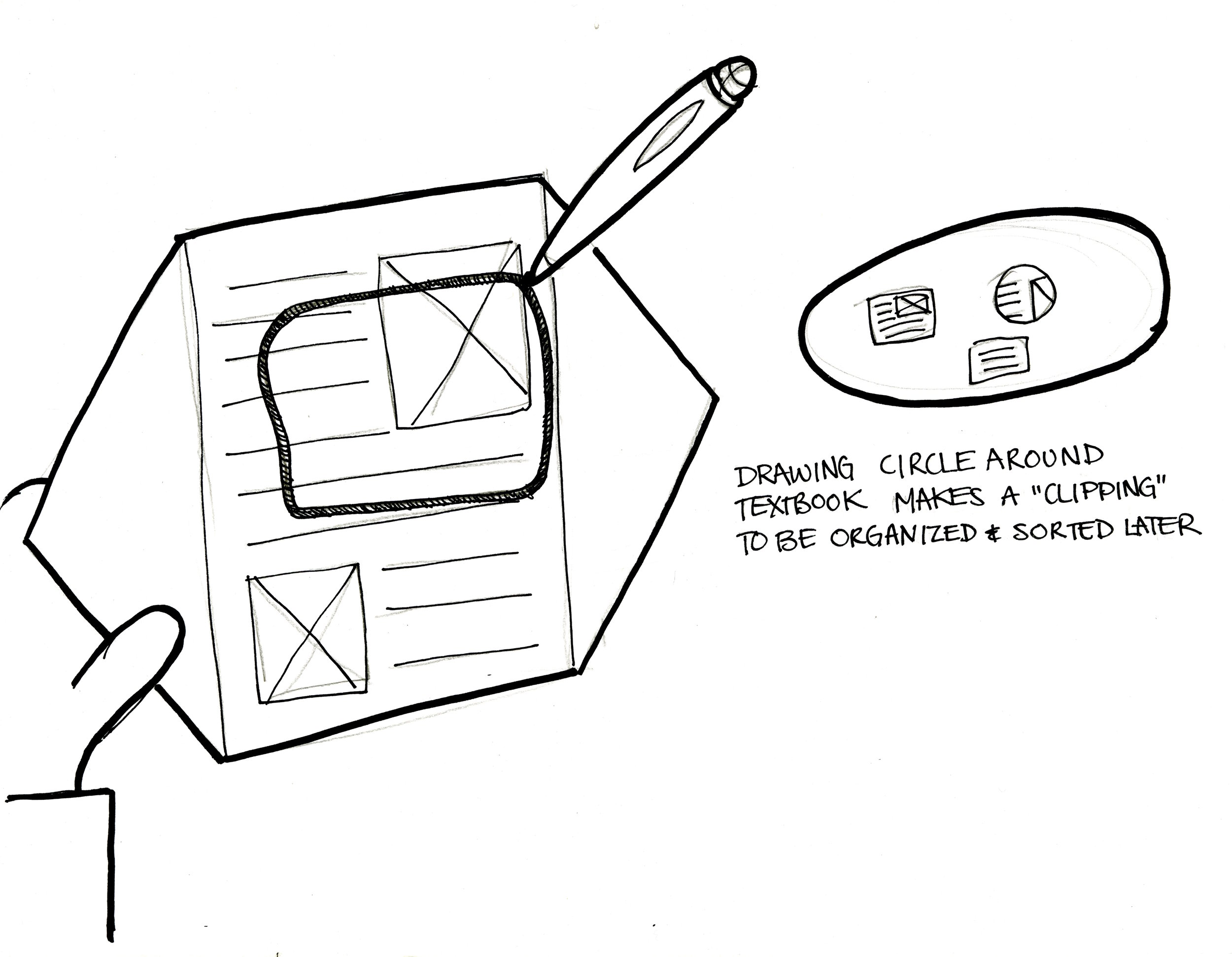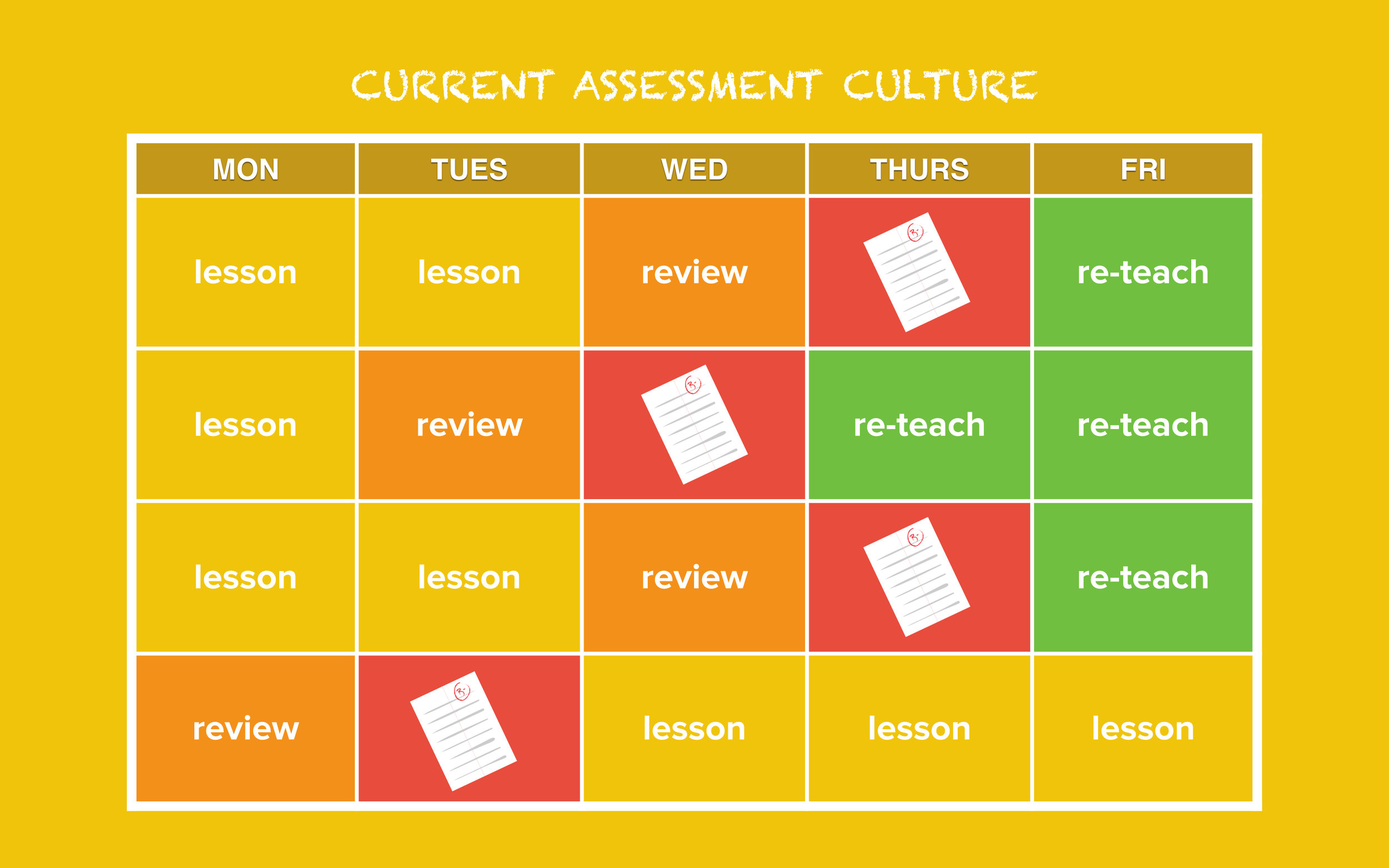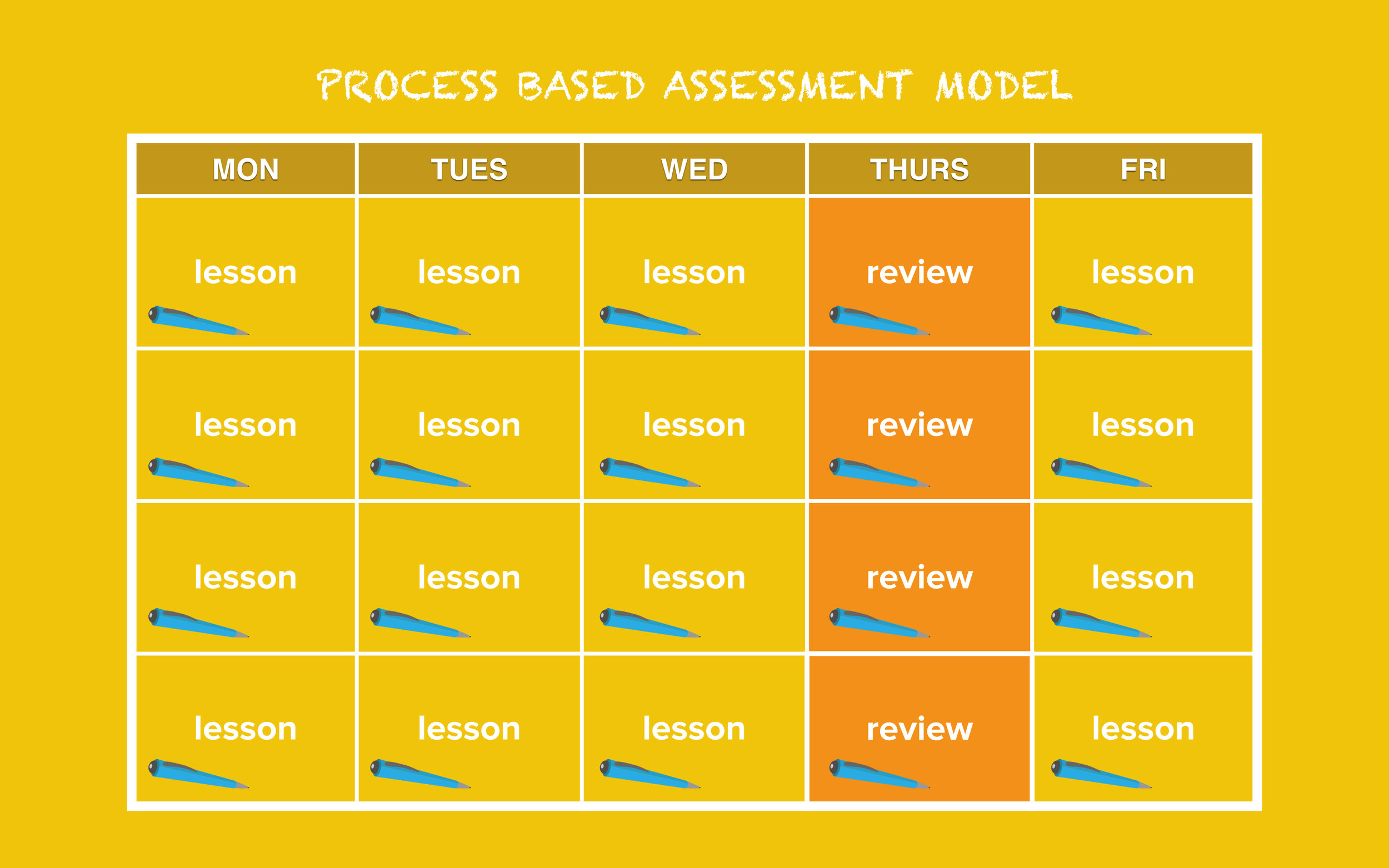The future of testing in the classroom
There's a reason kids hate school. The way children learn is varied and unique, but the way we currently assess them does not acknowledge that. What would a brighter future be like? Watch above to find out.
Marrying analog & digital
Starting off
This project was part of an ongoing collaboration between RISD and the Lego Education Group. Our objective: to envision concept experiences that combine digital and physical elements in the service of a child's education.
With a mission this broad, it can be hard to know where to start. Luckily, we began our design process with a hoard of thought and research provided to us by LEGO and a previous RISD class. Additionally, a product designer/child psychologist from LEGO headquarters in Denmark came to give us an introduction of their education-specific products. Through playtesting and an extensive Q&A, I was able to use LEGO's approach to designing for children as a foundation to begin designing my own product solutions.
Task Timeline
Skills
User Experience Design, Prototyping, User Research, Concept creation, Illustration, Video/animation, storytelling.
Deliverables
Presentation / video detailing a systematic design concept that combines aspects of the physical and digital.
First: tech within play surfaces
Imagine a world where you could build anything.
This unrestrained creative potential was my starting point. Legos are an amazing tool for creativity, but their fixed size, shape, and connections make them inherently limiting. I worked with two architects to explore ways we could introduce a digital element that would allow students to quickly expand their creativity.
How do you teach with screens, toys, and audio?
We knew that any product we designed would need a curricular component. We designed a three part lesson that several students could collaborate on at once. This video is a recording of our prototype lesson for a digital learning surface.
Functional prototype
After extensive ideation and sketching we used some foam core, a projector mounted overhead, and an interactive keynote to prototype a collaborative digital learning surface. We used it to test our lesson on other students and educators. Their interactions, as well as knowledge of the concepts, gave us insights to carry forward.
Teachers, tools, and testing
Image: Meadowbrook school
Meadowbrook school's progressive curriculum.
While our prototype seemed successful, I still had questions about how to most successfully apply it. One pain point I uncovered through my secondary research was that testing has essentially stayed the same for decades. I wanted to focus on how I could apply our digital learning surfaces to help students feel more comfortable in testing environments. I visited the Meadowbrook School in Weston, Massachusetts to understand how their progressive curriculum incorporated unique methods to assess student knowledge. I was inspired by the positive collaborative nature of their classrooms. I knew that any testing products I designed should incorporate some form of collaboration.
Imitation is the sincerest form of flattery.
In addition to primary research at Meadowbrook, I took to the internet to find other products that used technology for student assessment. I quickly found out a lot about Student Laptop Programs, the use of iPads, digital services like Kahoot, and even how Google Docs is optimized for educational environments. I was particularly interested in how technology could keep students accountable for their individual contributions to group projects.
U.S. curriculum standards
Finally, I looked into the tests themselves. How much are students tested? How are standardized tests run? What data points are important to the school systems and governments that require them? What do teachers want to know about their students? The stats I found were expected yet shocking. This clip from one of Sir Ken Robinson's TED Talks sums up the opportunities in testing I identified and began to design for.
Iteration, sketching, and feedback
Rough product sketches
To start, I sat down with some markers and paper. I began to draw on my experiences so far to come up with a series of products that could support the idea of a new way to test these students.
A new testing framework
In addition to physical products, I began to think about a new framework for testing. Currently, standardized tests force teachers to ‘teach to the test’ rather than focus on the underlying skills and concepts necessary for success. I wanted to create a product that could be there every step of the way recording student process so teachers could focus on content rather than scores.
Feedback & iteration
I presented my ideas to my classmates, professionals at LEGO, and other educators in private and public schools. I used their feedback to develop 3 key principles detailed in this process video:
- Assess through play
- Let students collaborate
- Change the learning posture
The final system
Teacher Tablets
The control center of the classroom. Teachers use them to structure challenges, monitor student devices, and
facilitate lessons. AI helps to organize and group student data for review.
Personal Pens
Each student uses a color personalized pen to record
their work. All work surfaces recognize students and pull up their work when they use their pen. The pen’s end has a camera to further record process.
Collaborative play surfaces
Each classroom space is equipped with play mats that function as student workspace. The mats are flexible displays, touchscreen surfaces, and also sense any ‘analog’ activities being done on them.
Frameworks are great, but stories are truly memorable.
I knew how my system would work, but I wanted to be able to explain it in the clearest way possible. I created an animated presentation and video that illustrated how both teachers and students could use this system for more accountable and accurate assessment of student's knowledge.










